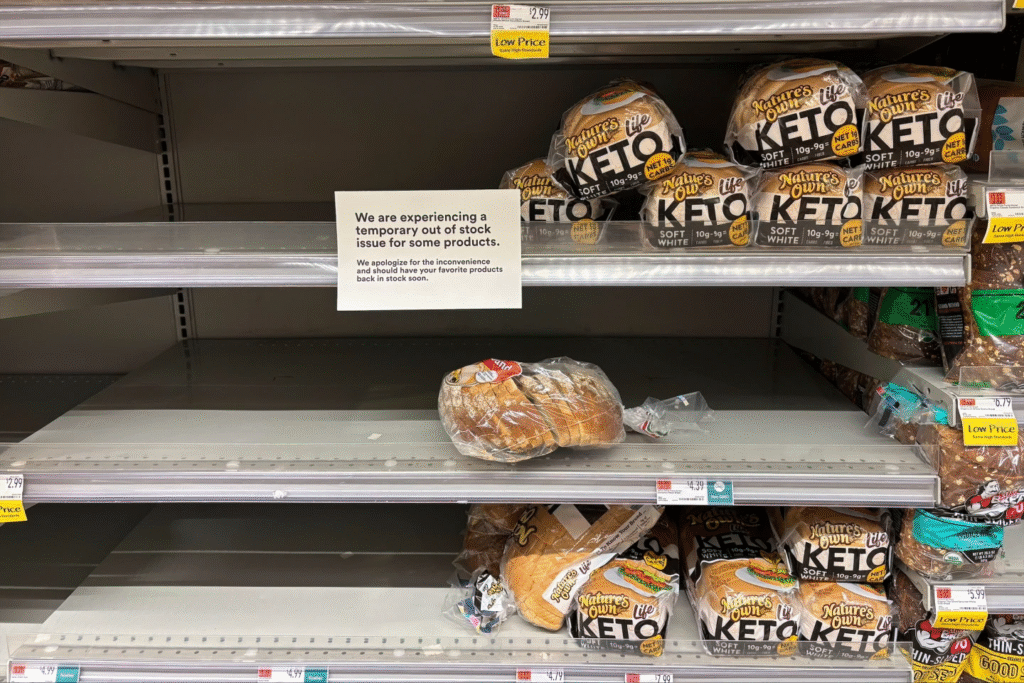You walk into Whole Foods and something feels off. The freezers are half-stocked. Aisles that used to scream abundance are patchy and quiet. By mid-afternoon, staff are apologizing for missing shipments, and even the barcode scanners start glitching. The culprit? A “cybersecurity incident” at United Natural Foods Inc. (UNFI)—the central distributor behind Whole Foods and 30,000 other retailers across North America.
But this wasn’t just a supply hiccup. This was a systems test. And the system blinked.
A Central Node Goes Dark—and 30,000 Stores Feel It

Last week, UNFI confirmed a “cyber incident” disrupted operations across its network. The company hasn’t disclosed the exact nature of the breach, but internal systems went down hard enough to choke delivery schedules and disrupt distribution center operations. Whole Foods, the Amazon-owned organic retail darling, immediately reported product shortages.
UNFI shares dropped on the news. But this wasn’t just a corporate inconvenience. It was a supply chain frag grenade.
“Our teams are working diligently to restore operations,” UNFI said.
Translation: You’re on your own for pasture-raised eggs and broccoli florets.
The Real Question: Who’s Testing What?
This isn’t the first time the food grid has glitched. Remember the JBS ransomware attack in 2021? The world’s largest meat processor paid $11 million in Bitcoin after hackers halted nearly a fifth of U.S. beef production. Or how about Dole’s produce shortage in 2023 after another cyber “event”? Each one chalked up to foreign actors. But zoom out and the pattern is unmistakable: our most essential systems are the least resilient.
In a 2021 briefing, the World Economic Forum warned that a cyberattack with “COVID-like characteristics” could spread exponentially, disabling essential services like transport and healthcare. One day without the internet, they estimated, could cost over $50 billion, with ripple effects hitting faster than global systems can respond.
The Fragile Beast: Centralization
UNFI is a centralized node in a brittle system. It serves over 30,000 locations with everything from organic oats to vegan cheese. If UNFI blinks, thousands of retailers—including Whole Foods—can’t breathe.
And that’s by design.
Big Food and Big Tech spent the last decade vertically integrating the food chain—from software to shelf. Amazon buys Whole Foods. Whole Foods depends on UNFI. UNFI runs on cloud-based logistics. One breach, and the whole tower topples.
This isn’t about just one hacker group or rogue nation. This is about infrastructure built to fail collectively, not survive independently. The larger the node, the louder the crash.
This Wasn’t a Glitch. It Was a Preview.
The cyberattack forced UNFI to shut down parts of its fulfillment network on June 5, triggering delivery delays and restocking challenges across Whole Foods locations and other retailers. A Whole Foods spokesperson told Reuters they were “working to restock our shelves as quickly as possible”. Meanwhile, the Associated Press confirmed that shoppers in Utah, Texas, and Canada noticed missing frozen foods, pantry staples, and everyday essentials, showing the disruption wasn’t isolated .
Every outage like this chips away at the illusion of abundance, revealing a system that’s just one keystroke from collapse. Meanwhile, the WEF continues to push its “global food systems transformation” agenda, complete with digital ID-linked supply tracking, climate-based rationing, and public-private “resilience” frameworks.
You don’t need a tinfoil hat to ask:
Was this a warning shot—or a test deployment?
Decentralize your food. Know your rancher. Opt out now—or starve on schedule. Visit BeefMaps.com to connect directly to your local rancher.





0 Comments